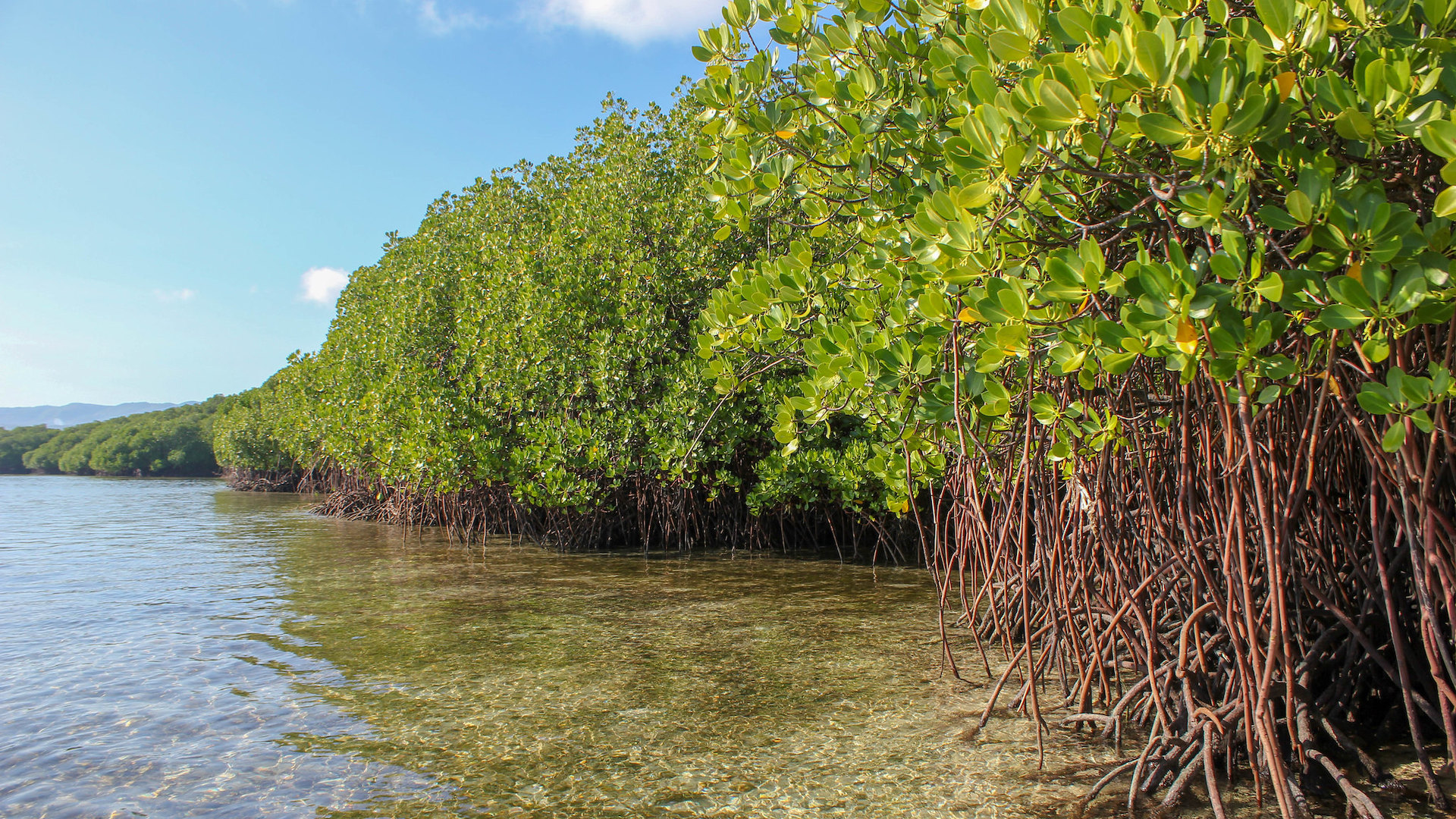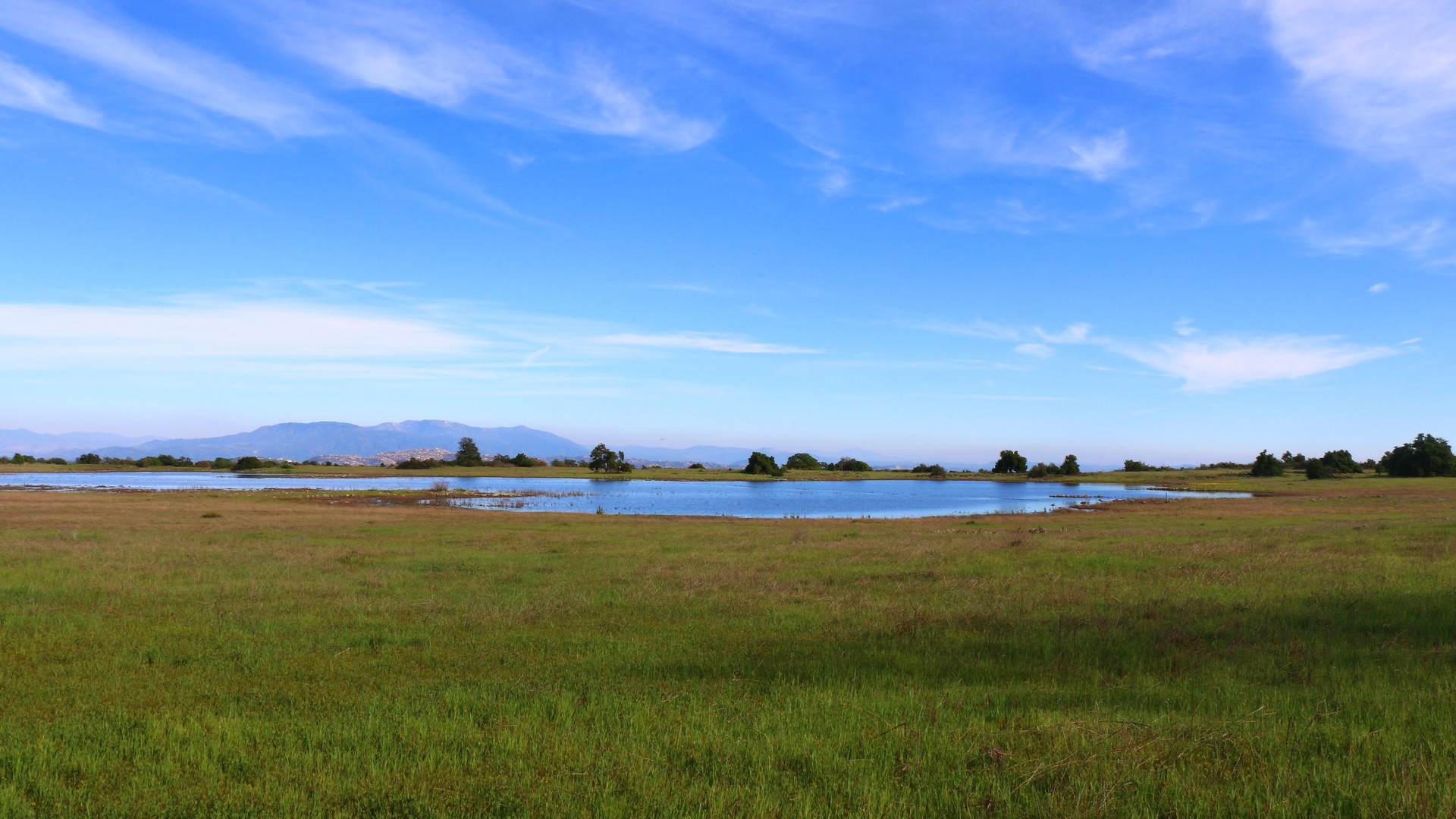Conservation has a legacy of focusing on how ecosystems function devoid of human influence. In a world grappling with the climate crisis, this simply does not exist. Among the most threatened and vulnerable ecosystems from this crisis are wetlands, a frequently undervalued landscape where the system’s significance is often overlooked. The crux of the issue is how we can foster an appreciation for critical ecosystem services among humans and increase the willingness and motivation for communities to preserve wetlands. Living in Boston, you can’t avoid the fact that our city was built on wetlands and our resilience depends on compensating for the loss of these protective ecosystems. So, I set about researching how humans perceive these critical habitats.
Why Perceptions Matter
Perception is defined as “a way of regarding, understanding, or interpreting something; a mental impression.”
An easier way to think about this idea is examining human relationships. Our society has long held onto the idea that “first impressions are lasting impressions,” emphasizing the way that individuals first perceive one another is often surface level, yet stays with you. These first impressions tend to be a defining experience in establishing how you perceive someone, act around them, or make decisions. This same idea can be translated to our relationship to the environment, too.
Since perceptions have a tendency to define and dictate our actions, motivations, and values, they can have a significant influence on the willingness of individuals and communities to act on environmental issues or be engaged in solutions. Understanding the role that perception plays in the relationship between humans and the environment will therefore become increasingly important as advocates and scientists attempt to avert potentially detrimental tipping points.
Perceptions are unique to every individual and community. They are influenced and shaped by the way we interact with the environment, our level of understanding, personal and communal experiences, and even aesthetics. Perception goes beyond simply how we think about and conceptualize nature, it influences our behavior and how we conduct ourselves in regard to the environment.
Perceptions and Wetlands
One of the areas of research that scientists, sociologists, and environmental psychologists have increasingly been trying to study is the role perceptions play in gaining support for the sustainable management of wetlands, and how to best use that knowledge in practice.
Wetland is an umbrella term used to categorize various ecosystems. From mangrove forests and salt marshes to vernal pools and cypress swamps, wetlands can take many different forms and typically share three common characteristics: (1) anoxic conditions, meaning the water and soil within the ecosystem has a lack of oxygen; (2) retains standing water for some portion of the year; and (3) plants and animals typically have special adaptations to survive the unique ecological conditions (like Venus flytraps, which gain nutrients from insects rather than the soil). Wetlands have become of particular interest because of the ecosystem services they provide, but also because wetland coverage is declining globally.


Wetlands are most threatened by human activity, such as deforestation or development, and anthropogenic climate change. As the planet heats up, wetlands struggle to retain a sufficient amount of water to sustain the needs of the ecosystem, especially in isolated wetlands like swamps and vernal pools. Coastal and tidal systems in particular are threatened by sea-level rise fueled by climate change and risk being completely inundated in areas where sea-levels are rising more quickly. For coastal wetlands such as salt marshes, scientists estimate that by 2100, 45-90% of these ecosystems could be completely submerged.
Wetlands provide tangible benefits to communities
Wetlands provide critical services including flood regulation, storm attenuation, and carbon sequestration. In addition to all these tangible benefits, some are more intangible, such as being culturally significant to indigenous communities or providing a space for education and socialization. In the Meinmahla Kyun Wildlife Sanctuary in Myanmar, wetlands house a pilgrimage site that contributes cultural value to the ecosystem and holds historic significance for the Myanmar people.
Coastal and tidal wetlands in particular can provide extremely valuable benefits. During Hurricane Sandy in 2012, coastal wetlands saved nearly $625 million in flooding damages because of their ability to attenuate floods and storm surges, according to a study that analyzed the benefits of the presence of wetlands.
In the Delaware Estuary, one study calculated the benefits of carbon sequestration in tidal wetlands and found the estimated value across the estuary’s tidal wetlands to be $3.66 billion. In North America, salt marshes are important tidal wetlands and scientists estimate that these systems can sequester an average of 214.6 grams of carbon per meter per year. This value is only an estimate as each wetland system is unique and carbon sequestration patterns are not uniform, but it exemplifies the benefit to climate mitigation that tidal wetlands can provide.
Part of the challenge for wetland researchers is conveying the significance of these ecosystems in a way that garners support for the preservation and sustainable use of these habitats, especially as the threat of climate change intensifies.
Negative Perceptions Persist Despite Their Value
While this evidence indicates that wetlands can be inherently valuable, negative perceptions surrounding them have resulted in their significant decline around the world. These perceptions abound from a lack of awareness or understanding, their visual appearance, and infrequent interactions with these ecosystems. This results in an underappreciation for wetlands, with most of their ecological services often going unnoticed.
In contrast, forests tend to be perceived more positively than wetlands because they can be considered a somewhat more familiar ecosystem to most people. Forests are also viewed as a more accessible and inviting environment, therefore people feel more comfortable enjoying these landscapes as opposed to wetlands. This not only makes it more likely that people will seek out and develop a preference for forests, but they will also value them more highly as well. Studies have shown that forests also have higher contributions to meeting different aspects of a person’s quality of life—which ultimately refers to the perception of well-being within an individual. This translates into increased public support and awareness of the threats against forest ecosystems, and results in more initiatives to enhance forest health than to preserve wetlands.
Harnessing Shared Values
By incorporating the shared values of a community, there is the potential to create more profound connections between people and environment, thereby encouraging a stronger sense of stewardship. Finding common ground to build support for wetlands is a significant component in driving a community’s willingness to get involved and engaged in encouraging ecosystem health.
There is evidence that higher levels of environmental awareness and engagement can be a compelling force in gaining effective public support, which becomes an important element to wetland and environmental management. With more public support, efforts to preserve and enhance wetlands and the environment are met with less opposition, encouraging more sustainable management practices.
In a collaborative study from the U.S. Department of Agriculture and New York City’s Department of Parks and Recreation, the two groups sought to better understand the social values associated with the city’s greenspaces. New York City intends to increase urban dwellers’ access and proximity to greenspaces and parks with their Walk to a Park Initiative, and this study examined how perceptions and social values can be incorporated into the initiative’s planning. Researchers determined that solely enhancing access to parks would not increase visitation if residents don’t prefer or have interest in greenspaces and nature. However, targeted communications that align more with personal values would be able to shift that perception.
If perceptions are a significant driver of action, then understanding how communities interact with and or value their local environment helps advocates to further understand the best way to foster motivation, allowing for more effective campaigns to address these issues. Integrating shared values into efforts to address environmental issues can incentivize motivation and ensure that solutions put forward are inclusive, equitable, and bring more people into the conversation.
In practice, these solutions might look similar to efforts to restore 70 acres of wetlands around the Onondaga Lake in New York. Through the collaboration of New York’s Department of Environmental Conservation, the U.S. Fish and Wildlife Service, and The Natural Resource Damage Assessment, the groups were able to teach citizens about wetland restoration and the importance of the habitat for migratory bird species that are native to the area. Engaging citizens in these types of restorative practices can foster a newfound appreciation for the ecosystem, allowing individuals to become better stewards, and to participate in the much-needed restoration initiatives.
By gaining insights into perceptions, the hope is that we can create higher rates of sustainability within wetland, environmental, and resource management. Doing so serves to better elucidate the benefits of wetlands and other ecosystems, especially as we search for ways to naturally mitigate climate change. The goal is to increase awareness about how the environment is already benefiting us, in the hopes that more people seek out ways to support and foster the health of critical ecosystems.
Working towards a comprehensive understanding of human perception in the context of the natural environment doesn’t serve to immediately change an individual or community’s values, but rather seeks to connect with them on a more personal level, to drive home the message, and to help guide them to the realization that perception isn’t always reality.
Communication is key
We know that communication has been an ongoing challenge for environmental scientists and advocates, but we also know that it presents an opportunity. Communication can be the key to success, which is what makes it such an important part of cultivating action to address issues like wetland conservation and climate change. The Climate XChange report, Communicating the Climate Crisis, emphasizes the importance of communications and provides guidance for how we should approach not only climate change, but environmental issues in general. Understanding how perceptions fit into communication allows scientists and advocates to deploy more holistic and effective campaigns to build broader support for our natural environment.









